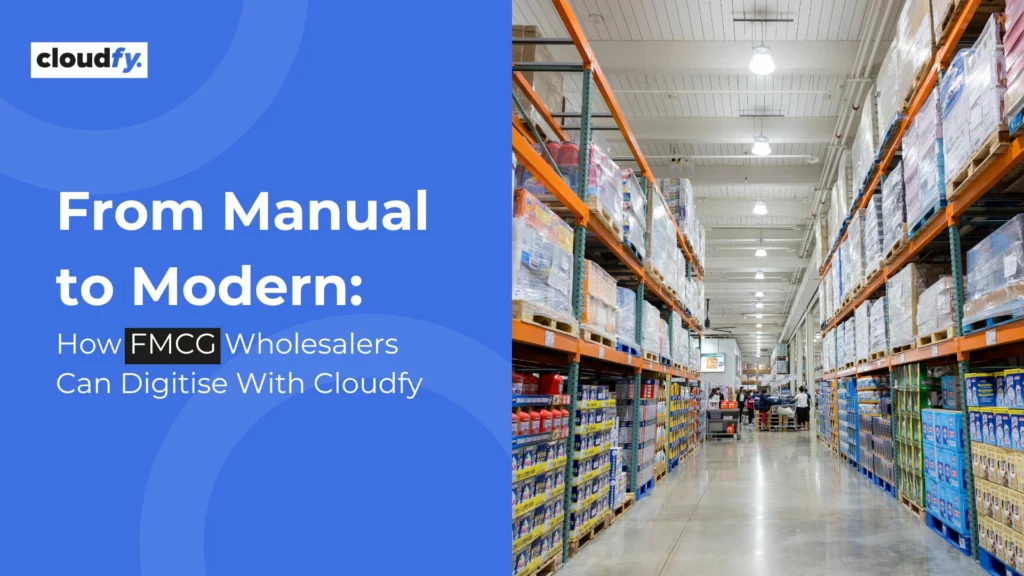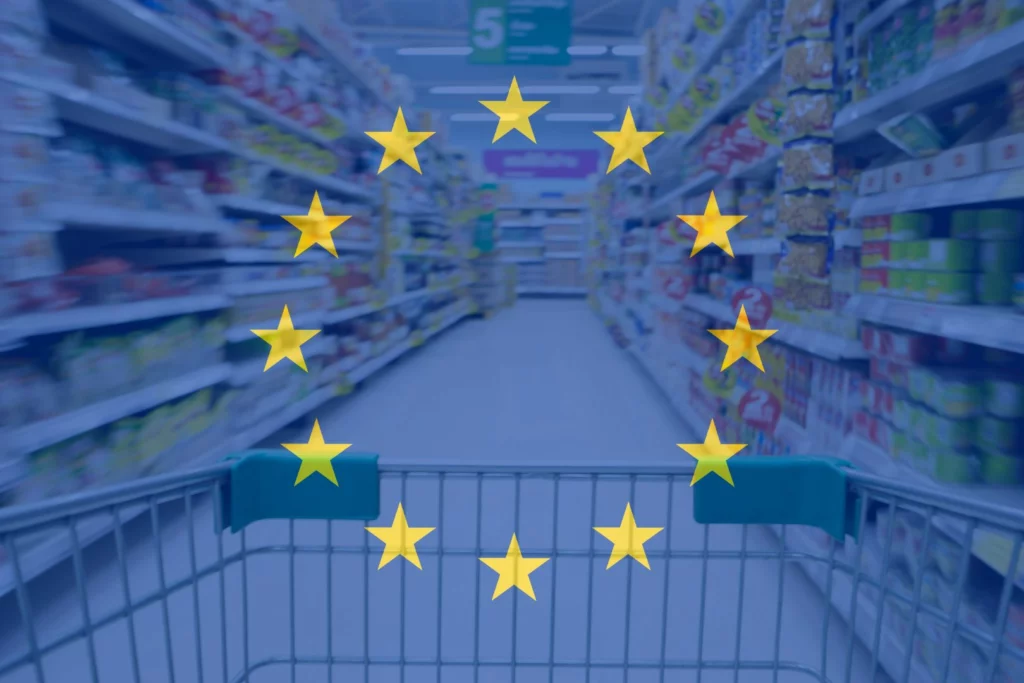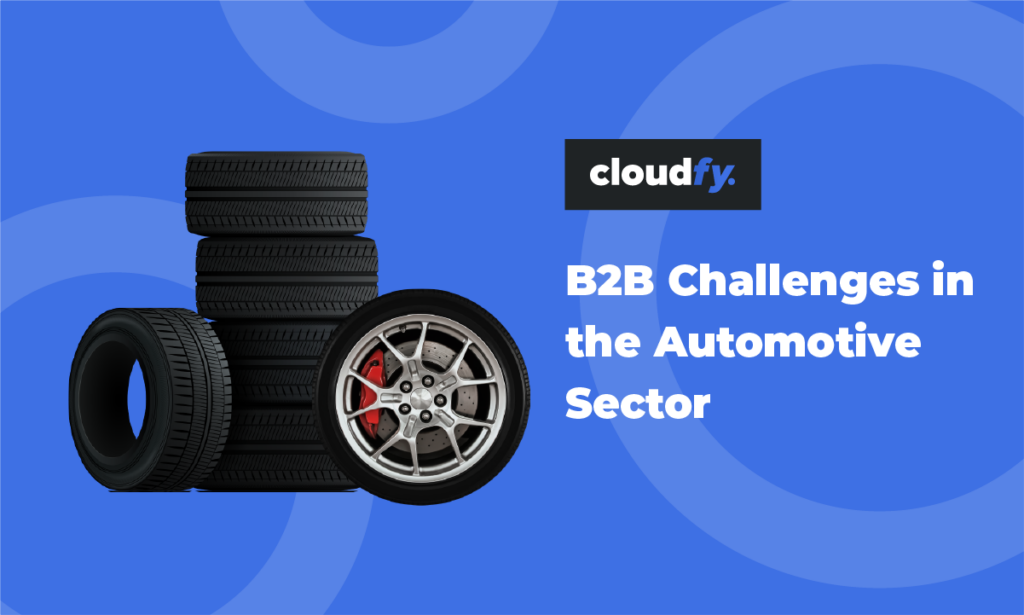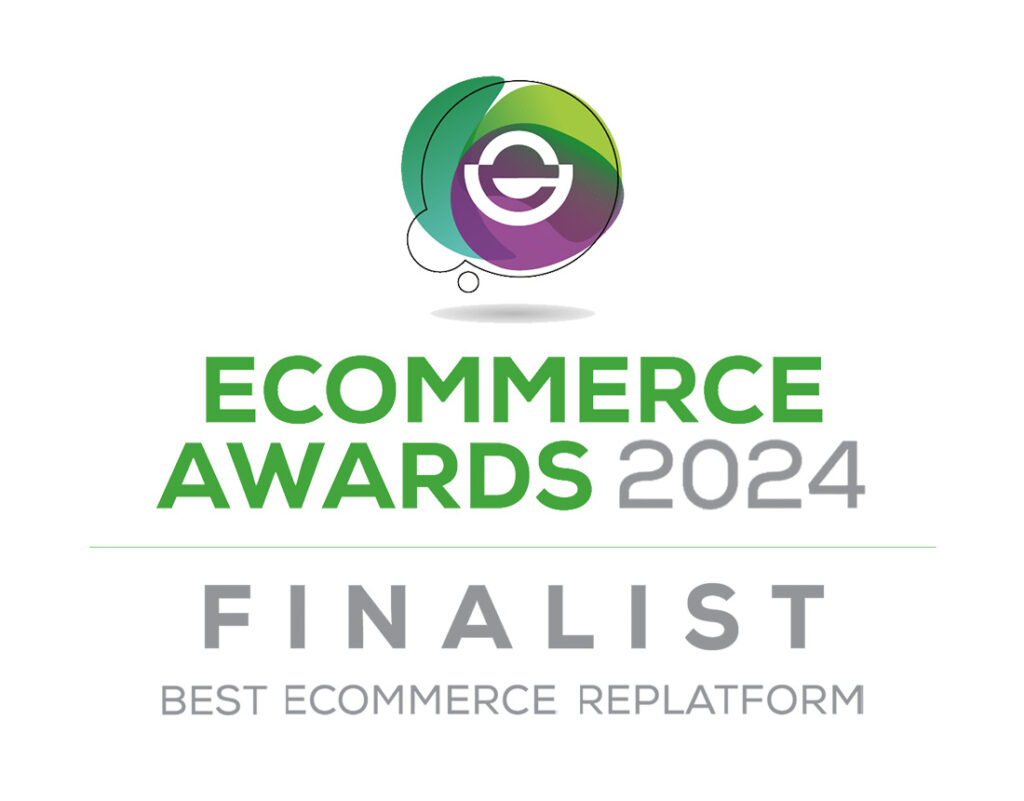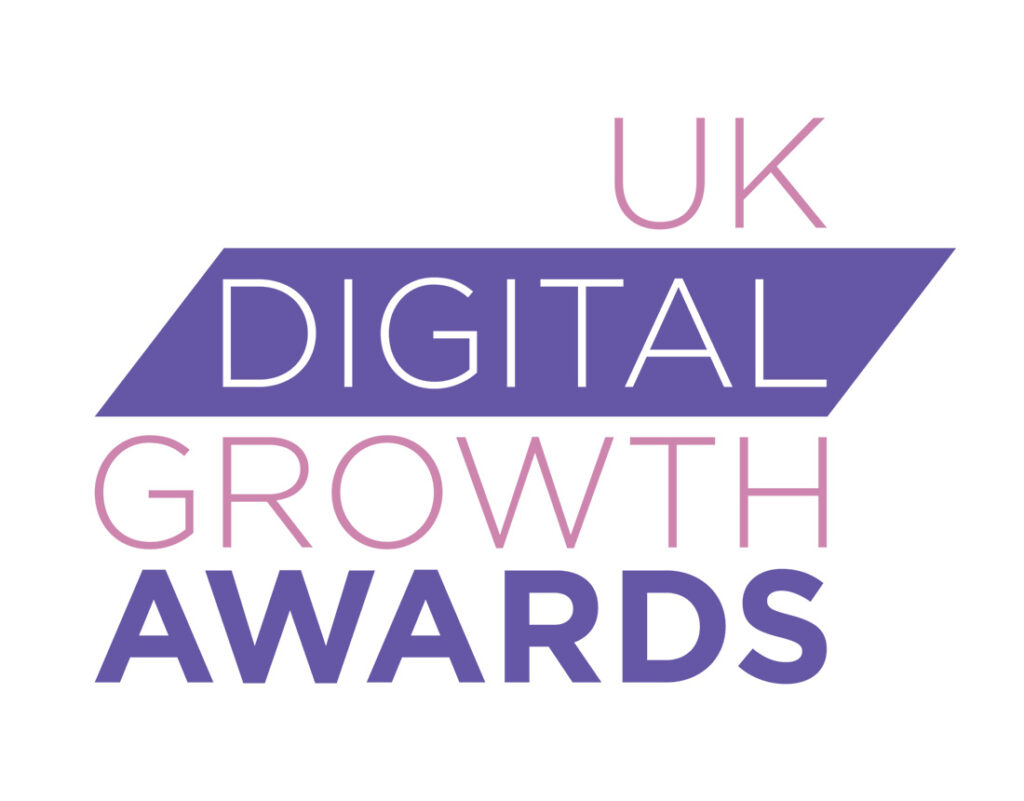Digitising your FMCG business isn’t about starting over — it’s about building on what already works and making it faster, smarter, and more customer-friendly. Whether you’re a B2B with an established online presence or you’re just starting to explore digital tools, this guide is for you. It offers practical advice and step-by-step actions to help you either improve what you’ve already built or confidently start from scratch.
For FMCG wholesalers and distributors, digital transformation is about making smarter moves—removing friction, speeding up service, and better meeting your customers’ expectations. Whether you’re dealing with large, fast-moving product ranges, short shelf-life items, or complex pricing agreements, B2B ecommerce gives you the tools to make life easier—for your customers and your team.
This guide was created by Cloudfy, a SaaS ecommerce platform purpose-built for B2B. It’s shaped by insights from working with leading FMCG distributors and wholesale clients across multiple regions (Cloudfy Case Studies).
Here’s a step-by-step look at how to approach digital transformation in a way that feels practical, manageable, and genuinely helpful.
Table of Contents
Step 1: Start With the Pain Points
Before diving into platforms or features, get clear on what’s slowing you down. Are customers calling to place the same orders over and over? Is your team spending hours fixing stock errors or manually processing price lists?
Some of the most common friction points in FMCG wholesale include:
- Clunky, manual order processes
- No real-time view of what’s in stock (and what’s not)
- Complicated pricing structures that are hard to manage.
- Fulfilment bottlenecks, especially for perishable items.
Taking stock of where your business is struggling helps you focus on what matters most when moving online.
It’s also worth noting that your chosen B2B ecommerce platform provider should be well-versed in these types of operational pain points. These issues should surface early in RFI or discovery conversations—so the platform can be configured around solving the right problems from day one.
Step 2: Get Your Data House in Order
Before you even think about platforms or features, take a close look at your data. For FMCG wholesalers and distributors, product data, pricing rules, customer information, and inventory all need to be accurate, consistent, and well-structured — or your ecommerce rollout will hit roadblocks fast.
You don’t need perfection, but you do need a solid foundation. That means:
- Making sure product names, descriptions, SKUs, and categories are clean and consistent.
- Reviewing customer-specific pricing rules and ensuring they can be mapped into digital logic.
- Cleaning up account and contact details — especially if you plan to offer self-service features.
- Making sure your ERP, PIM, and other systems are ready to share data in real time
- Order history – spot frequent purchases or patterns to inform smarter reordering tools and UX decisions.
This step might feel a bit behind-the-scenes, but it’s one of the most important. The better shape your data is in, the easier it becomes to launch fast, automate more, and deliver the slick user experience your customers expect.
Step 3: Pick a Platform That Speaks B2B
Not all ecommerce platforms are built with B2B at their core — especially in a complex, fast-paced sector like FMCG. Many are retail-first platforms trying to adapt to B2B needs, often relying on custom workarounds or third-party add-ons.
Cloudfy stands out because of its depth. It’s one of the most feature-rich SaaS B2B ecommerce platforms on the market — offering a huge range of capabilities straight out of the box. From advanced pricing models and self-service account tools to ERP integrations, mobile ordering, and flexible fulfilment options, Cloudfy covers the full spectrum of B2B requirements without compromise.
If you’re serious about digitising your wholesale or distribution business, choosing a platform that’s already equipped to handle B2B at scale gives you a real competitive edge without the distraction of adapting a retail-first platform like Shopify or Magento.
Take a look at this case-study of an FMCG wholesaler migrating to online.
Look for a platform (like Cloudfy) that offers:
- Built-in integrations with your ERP, inventory, or finance systems specific .
- Customer-specific pricing that’s easy to manage.
- A mobile-ready experience that works for buyers and sales reps on the go.
- Real-time stock and availability updates.
- Delivery options that can flex depending on the product
The key here is finding tech that adapts to your business, not the other way around.
Step 4: Make Ordering Ridiculously Easy
If there’s one area where ecommerce should shine for FMCG businesses, it’s speed and simplicity. Your customers don’t want to browse — they want to get in, place their order, and move on. Cloudfy supports that with a wide range of features designed specifically to make ordering fast, flexible, and frustration-free.
Some standouts include:
- Quick reordering and subscription tools – Ideal for customers placing the same orders weekly or monthly, with built-in delivery scheduling.
- Excel purchase order uploads – Let buyers upload their own formats to create large or complex orders in seconds.
- Back orders and pre-orders – Allow customers to commit to future deliveries, even if stock isn’t available right now.
- Quote-to-order workflows – Built-in tools to handle quote approvals, revisions and instant conversion to orders — without offline email chains.
- Integrated phone + online ordering – Whether it starts on a call or via the portal, Cloudfy tracks it all in one place.
- Customer service ordering – Give internal teams the ability to place, edit, or repeat orders on behalf of clients quickly.
- Sales order management dashboard – Stay on top of every order’s status, no matter how it was placed or who placed it.
- Customer Ordering App – Empower your B2B clients to place orders on-the-go with features like barcode-scan ordering, real-time inventory levels, back-in-stock notifications, and promotional alerts.
All of this is geared toward one outcome: making it ridiculously easy for your customers to buy from you — and even easier for your team to manage it all behind the scenes.
Click here to arrange a demo with the Cloudfy team to see these features in action.
Step 5: Keep Stock Data in Sync
There’s nothing more frustrating for a customer than placing an order, only to find out it can’t be fulfilled. In FMCG, where products move quickly, have limited shelf life, and large basket sizes can deplete stock in a single transaction, real-time inventory visibility isn’t just helpful — it’s essential. Without it, you risk missed sales, poor customer experience, and unnecessary manual work for your team.
Here’s how an SaaS platform like Cloudfy helps you stay in sync:
- ERP and WMS integration – Stock levels update in real-time as orders are placed, shipments are fulfilled, or new inventory is received.
- Dynamic product availability messaging – Clearly show what’s in stock, low on stock, or on backorder — improving trust at the point of purchase.
- Inventory buffers and thresholds – Build in rules to reserve stock for key customers or avoid overselling on high-demand SKUs.
- Back-in-stock alerts – Let customers sign up to be notified automatically when items become available again.
- Multi-location stock views – Show availability by warehouse, store, or region so customers know what’s deliverable to them, and when.
By syncing your stock data across every channel, Cloudfy helps you reduce fulfilment errors, protect perishable inventory, and give customers the confidence to order more, more often.
Step 6: Nail Your Pricing Rules
Pricing in FMCG isn’t just complex — it’s constantly shifting. Discounts based on volume, promotions for specific SKUs, contract-based pricing for key accounts, loyalty tiers, regional pricing…the list goes on.
Your ecommerce platform needs to manage all of that without turning your admin into a full-time job.
Cloudfy is built to handle this complexity out of the box, with a suite of pricing tools designed specifically for B2B:
- Multiple price lists – Manage pricing by customer group, product type, or contract terms
- Customer-specific pricing – Display the right price to the right customer, every time
- Volume-based discounts – Automate bulk-buy incentives without manual intervention
- Time-limited promotions – Run B2B-friendly offers with rules on dates, SKUs, and thresholds.
- Loyalty and tiered pricing – Reward repeat customers and track pricing tiers automatically
- Net vs. gross pricing display – Adapt to how your buyers are used to seeing prices
Whether your customers are ordering on behalf of a single site or across a national chain, Cloudfy makes it easy to serve up personalised, accurate pricing without breaking a sweat — or calling in IT every time something changes.
“We’ve seen a real drop in pricing-related errors in the first three months after launching with Cloudfy. The automated customer-specific pricing and built-in validation rules are saving us time and admin — and we’ve seen a clear uplift in customer satisfaction as a result. Absolutely delighted.” .
Step 7: Get Smarter with Fulfilment
In FMCG, fulfilment can make or break the customer experience. Whether you’re delivering chilled products, made-to-order items, or large multi-site drops, expectations are high — and timing is everything.
Cloudfy gives you the tools to offer a more flexible, transparent fulfilment experience that works for both your customers and your operations.
Key fulfilment features include:
- Customisable delivery slot selection – Let customers choose when they want their goods delivered, ideal for foodservice, retail, or hospitality buyers working to tight schedules.
- Weekend and bank holiday logic – Automatically adjust cut-off times or availability for perishable goods that aren’t processed over weekends.
- Multi-location delivery support – Enable orders to be split or shipped to multiple sites (e.g. kitchens, stores, branches) from a single basket.
- Supplier-specific lead time controls – Apply different lead times at a supplier or product level, especially useful for dropshipped or made-to-order goods.
- Integrated courier tracking – Keep customers in the loop with real-time delivery updates and reduce inbound queries.
Clear fulfilment options build trust, reduce missed deliveries, and give your internal teams fewer surprises to deal with. Whether your customers are ordering for next-day delivery or planning for the week ahead, Cloudfy gives you the flexibility to deliver — on time, every time.
Step 8: Learn, Optimise, Repeat
Getting online isn’t the end goal — it’s just the beginning of a smarter, more responsive way of doing business. Once your ecommerce platform is live, you unlock a stream of data that can help improve everything from customer experience to stock planning to marketing ROI.
The key is making time to review, reflect and iterate.
With Cloudfy’s built-in reporting tools and integrations, you can track and act on insights such as:
- Order-to-fulfilment times – Spot delays and fix operational bottlenecks
- Checkout drop-off rates – Refine the user journey where customers are abandoning
- Return frequency or stock errors – Flag issues in product data or supply chain
- Top (and lapsed) customers – Identify opportunities for loyalty or re-engagement
- Promotional performance – Understand which deals actually move stock.
Over time, this builds a valuable feedback loop — helping you make more informed decisions, automate what’s working, and stay one step ahead of your customers’ expectations.
Digitising your B2B business gives you visibility you simply can’t get from offline processes — use it as your competitive advantage.
And finally — not that we want to end on a negative — but here’s a quick reality check. These are some of the most common pitfalls FMCG businesses face when going digital, and avoiding them will save you a lot of time, cost and frustration down the line.
Common Pitfalls to Avoid
Adapting a retail-first platform for B2B needs
What works for consumer ecommerce often breaks under the weight of B2B complexity — especially around pricing, bulk ordering, and account management.
Skipping the data clean-up phase
Poor product, pricing or customer data can derail even the best ecommerce setup. Invest in getting your data house in order first.
Rushing into platform build without clear discovery
Failing to map business processes, buyer journeys and internal needs upfront often leads to costly rework down the line.
Treating ERP integration as a ‘later phase’
Without real-time stock, pricing and order sync, your ecommerce site becomes a silo — not a solution.
Overcomplicating the user experience
B2B buyers want to order fast and get out. Prioritise simplicity, not surface-level features or design flourishes.
Thinking of ecommerce as a one-off project
The most successful businesses treat digital as an ongoing capability — something to evolve, measure and improve constantly.
Want to read more, we have dozens of Cloudfy Case Studies.
Cloudfy was built for B2B from day one. We understand the pace, complexity and demands of FMCG wholesalers and distributors—and we’ve built features that make it easier to do business online.
If you’re ready to modernise how you sell, serve, and scale—Cloudfy’s here to help.
Contact the Cloudfy team today
